After 45 years of service, including multiple combat deployments, the F-16 was formally retired today by the Royal Netherlands Air Force (RNLAF). Ahead of today’s flight and retirement ceremony, TWZ spoke to Lt. Col. Patrick “Naish” Vreeburg, the commander of 312 Squadron, the final RNLAF F-16 operator, who reflected on the type’s service — and what comes next. As for the Dutch F-16s, these will almost certainly see more combat again before too long, with two dozen refurbished jets to be transferred to Ukraine.
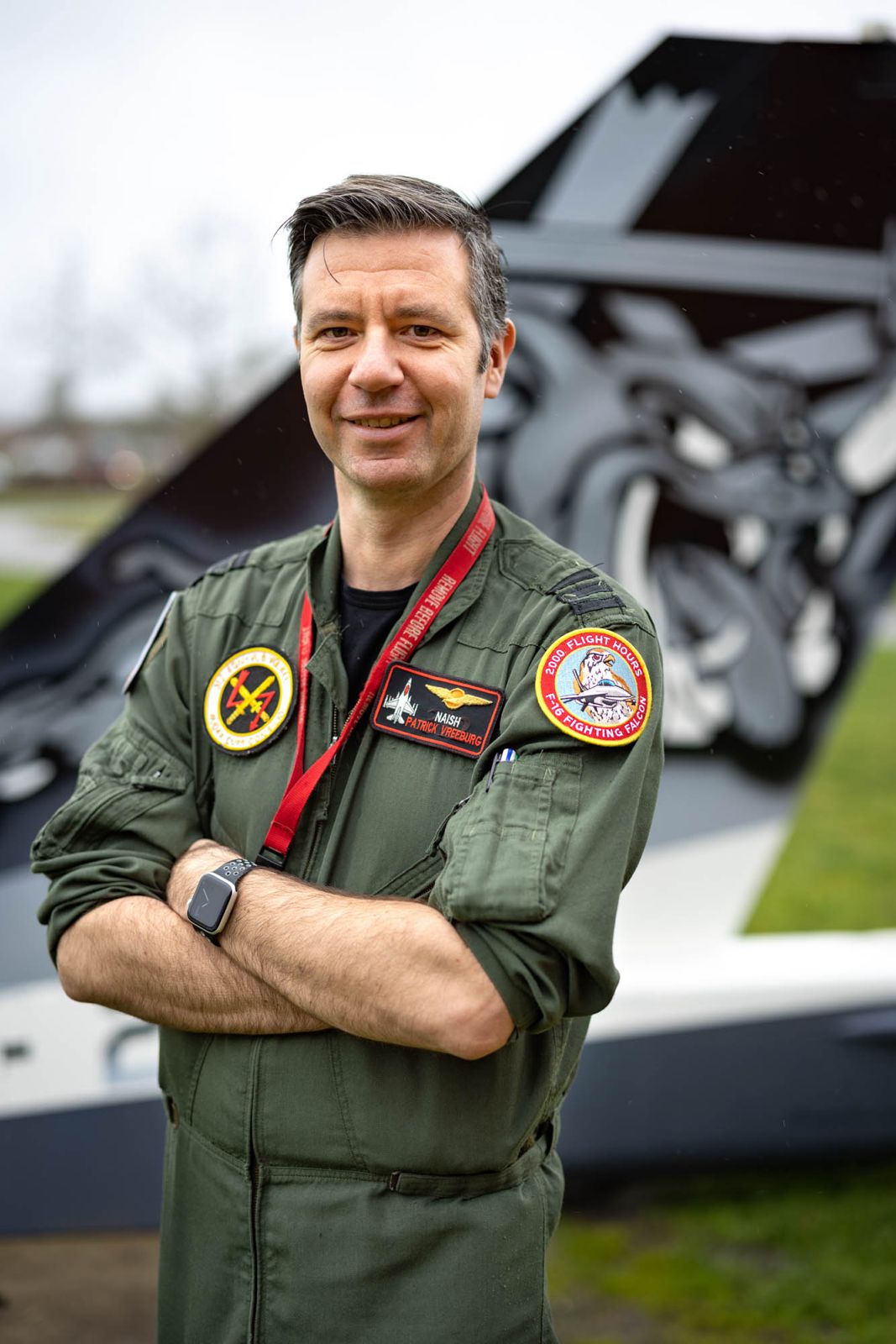
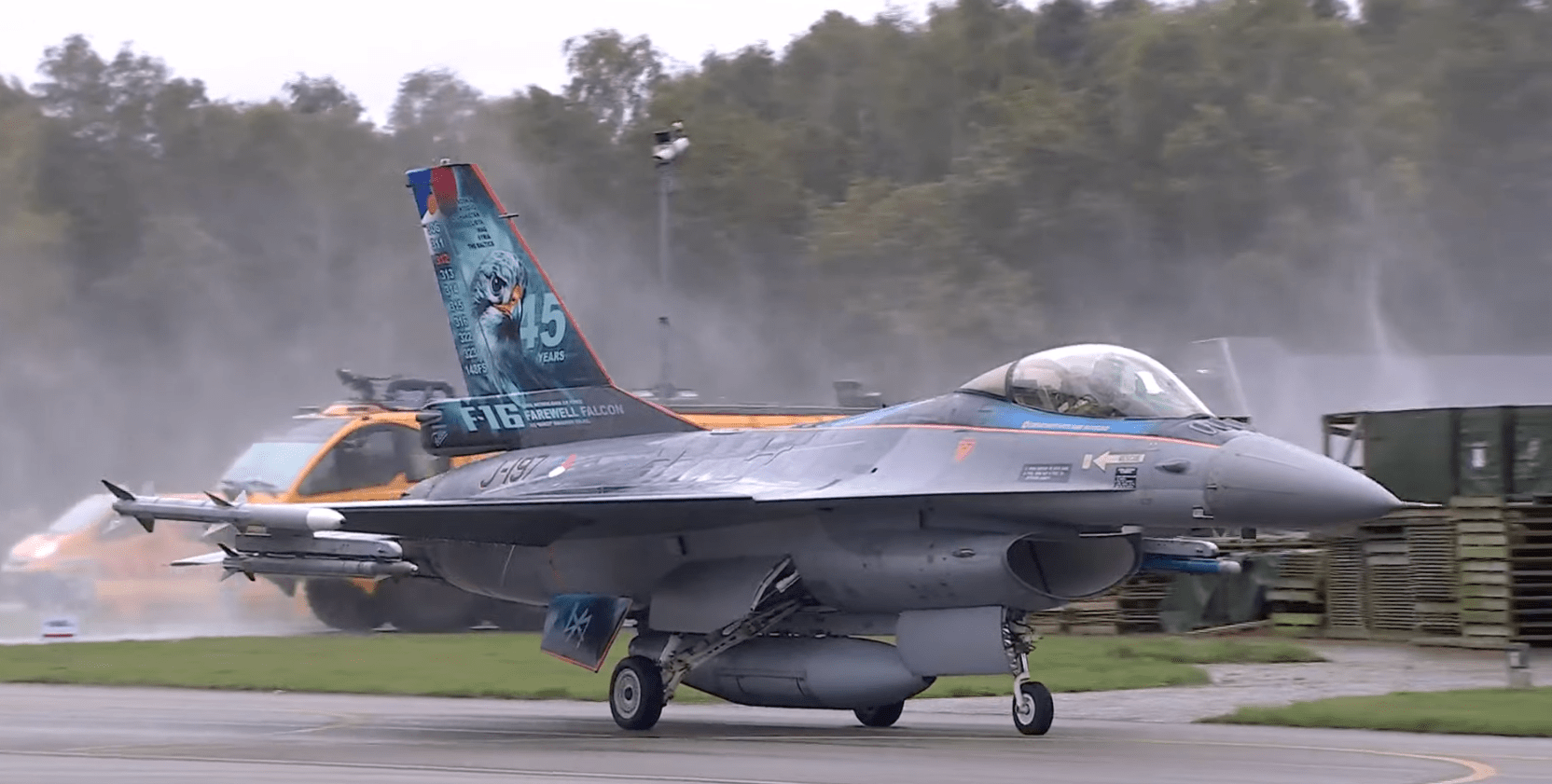
Just ahead of the F-16 stand-down, the RNLAF announced that the F-35A had attained full operational capability, with the stealth fighter now responsible for the full spectrum of missions previously handled by the Viper, including the nuclear strike role.
The RNLAF bid “Farewell Falcon” to the F-16 today, with a ceremony at the final operational base, Volkel, in the south of the Netherlands. From here, right of the last Dutch F-16s (and one Belgian) took off for a farewell flight, taking them over key locations associated with the Viper’s long career in the country. It was planned to fly over the Netherlands Ministry of Defense in the Hague and the Air Force Headquarters in Breda, as well as other bases where the F-16 was previously based, although poor.
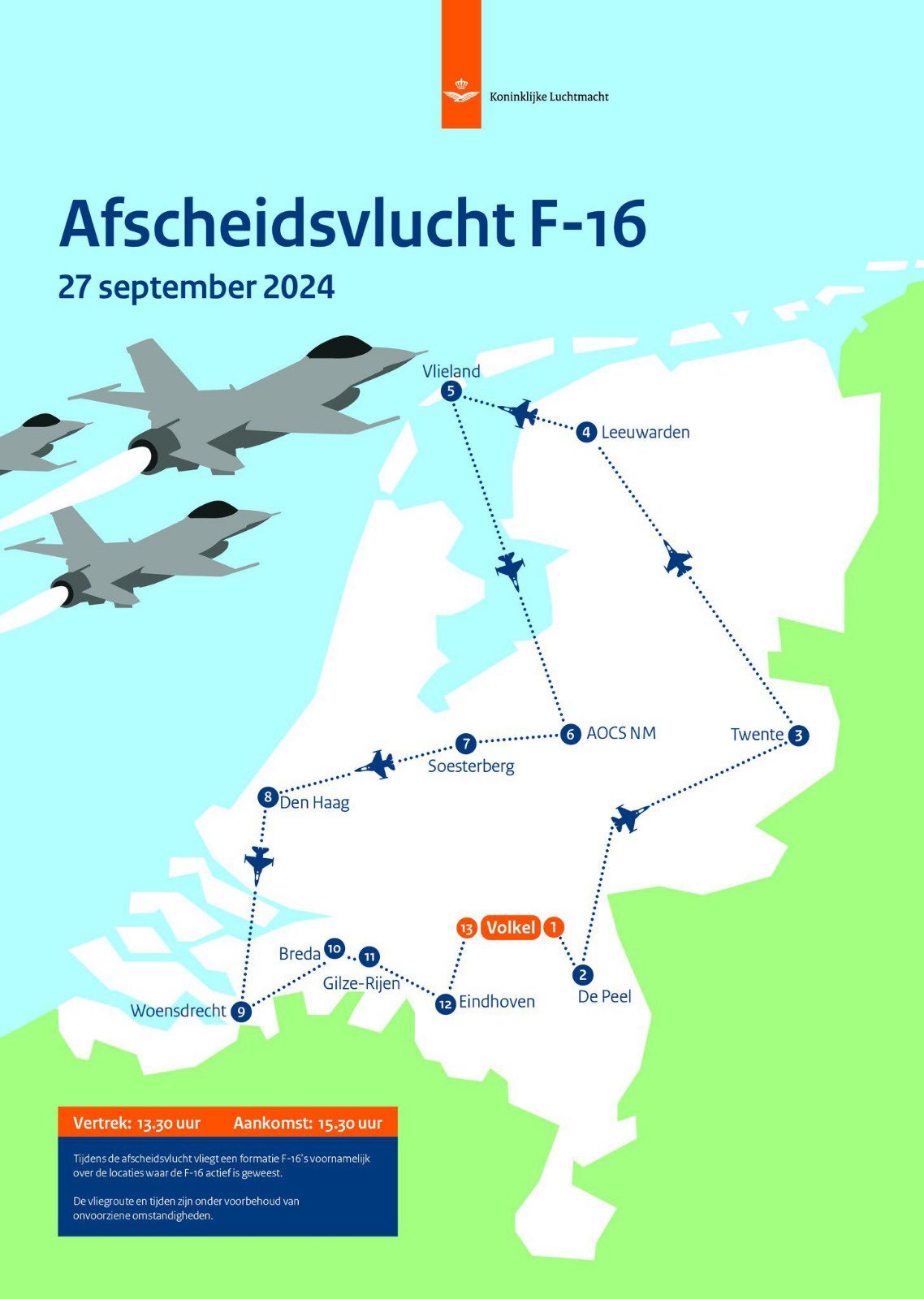
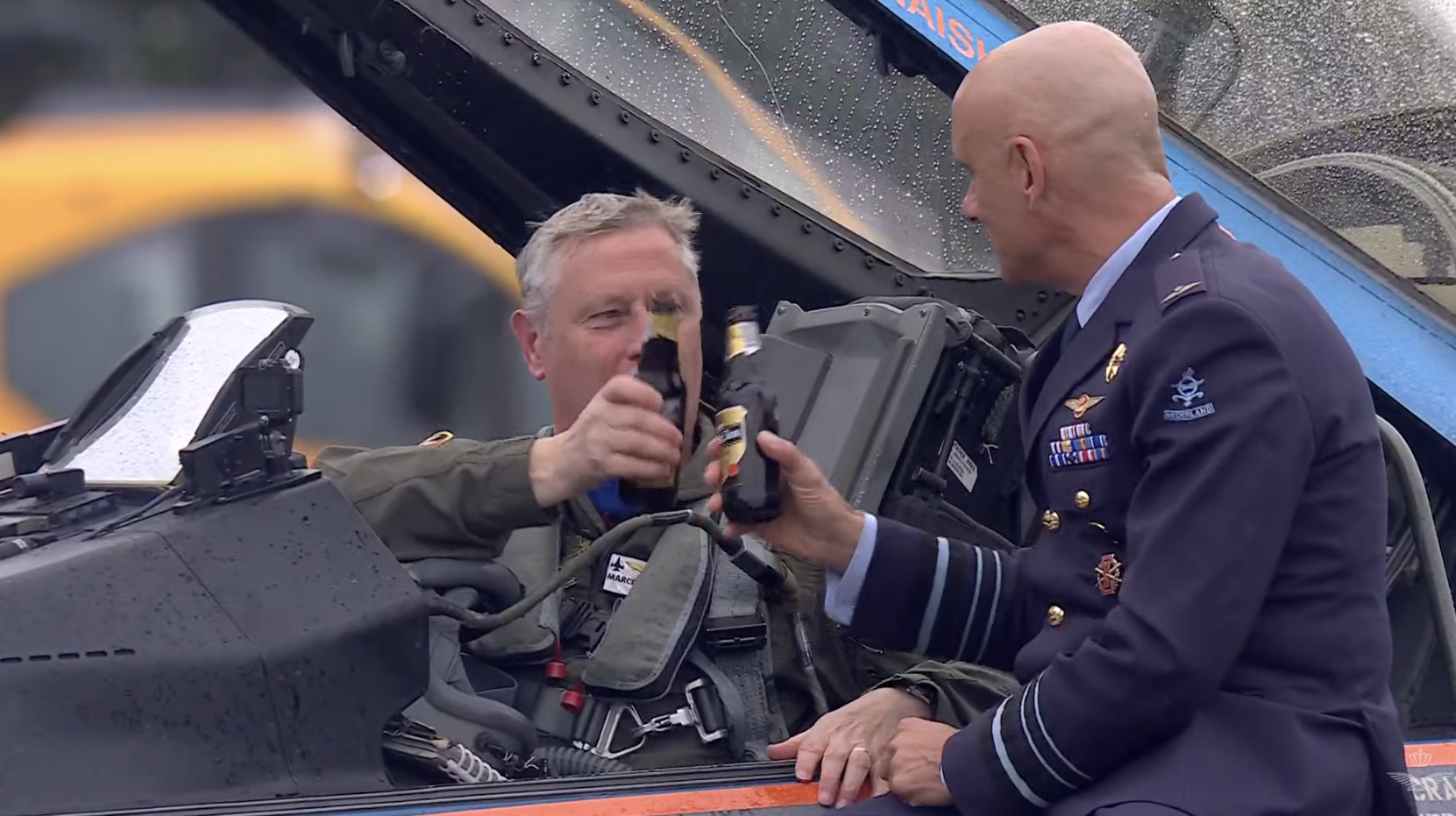
First off, it’s worth recalling the key facts and milestones associated with the F-16 in Dutch service.
The Netherlands was one of the first four European Participating Air Forces (EPAF) to sign up for the F-16 as part of the so-called ‘Sale of the Century,’ primarily to replace its aging F-104 Starfighter fleet.
Ultimately, the Dutch bought 213 examples of the F-16A/B versions, some of which were assembled locally, by Fokker.
The first order was for 102 F-16s, comprising 80 single-seat F-16As and 22 two-seat F-16Bs. The first Dutch-built F-16 took to the air on May 3, 1979, and an initial delivery to the RNLAF followed in June of the same year.
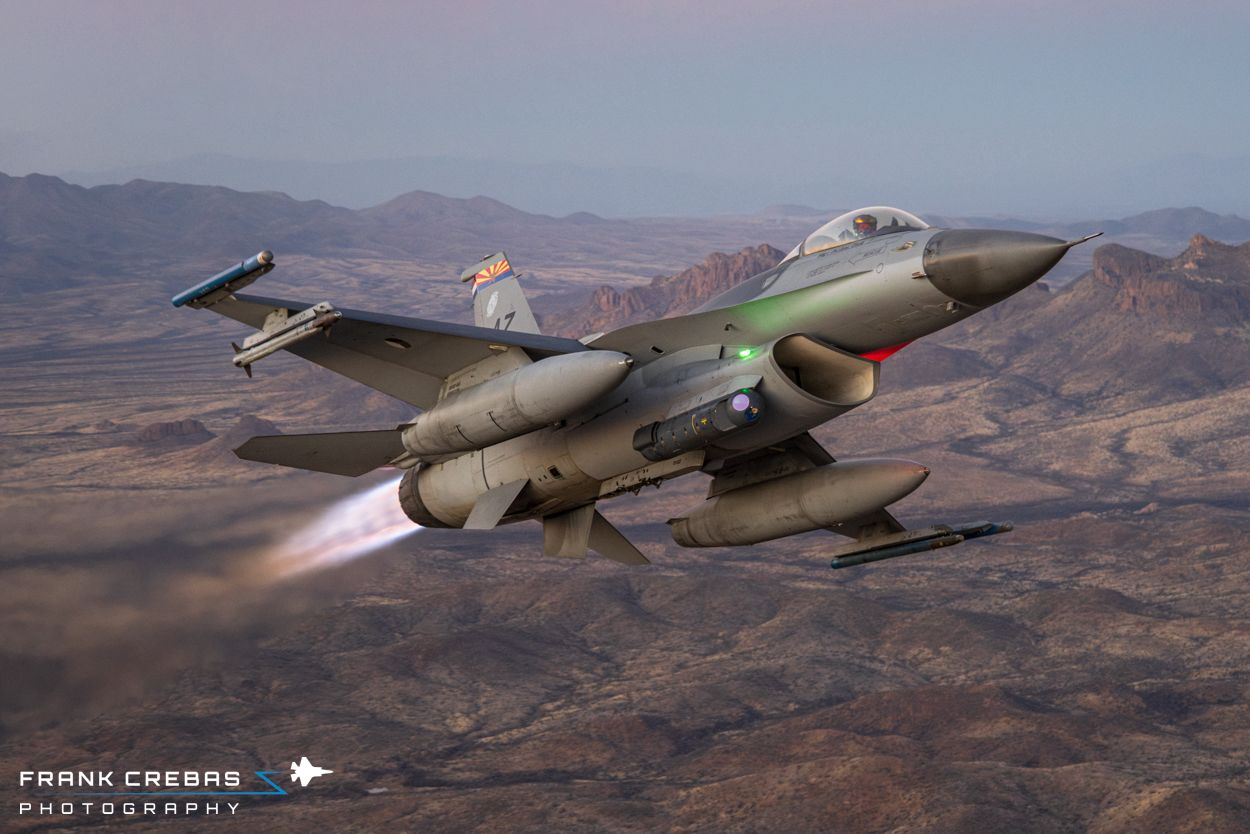
In December 1983, the Dutch government approved plans to buy another 111 F-16s (97 F-16As and 14 F-16Bs), the last of which was rolled out of the Fokker production facility in February 1992.
By then, however, the Cold War was over and the security landscape in Europe looked very different.
In 1993 it was decided that only 138 of the jets would pass through the Mid-Life Update (MLU) program, rather than the 170 originally planned. The MLU was completed in 2003, the same year in which it was announced that the fleet would be reduced again, by 25 percent.
The steady downsizing of the Dutch Viper fleet provided opportunities for other operators. Beginning in 2005, Jordan acquired six F-16BMs, while Chile acquired a first batch of 18 jets (11 F-16AMs and seven F-16BMs) in the same year, followed by another batch of 18 single-seaters in 2008.
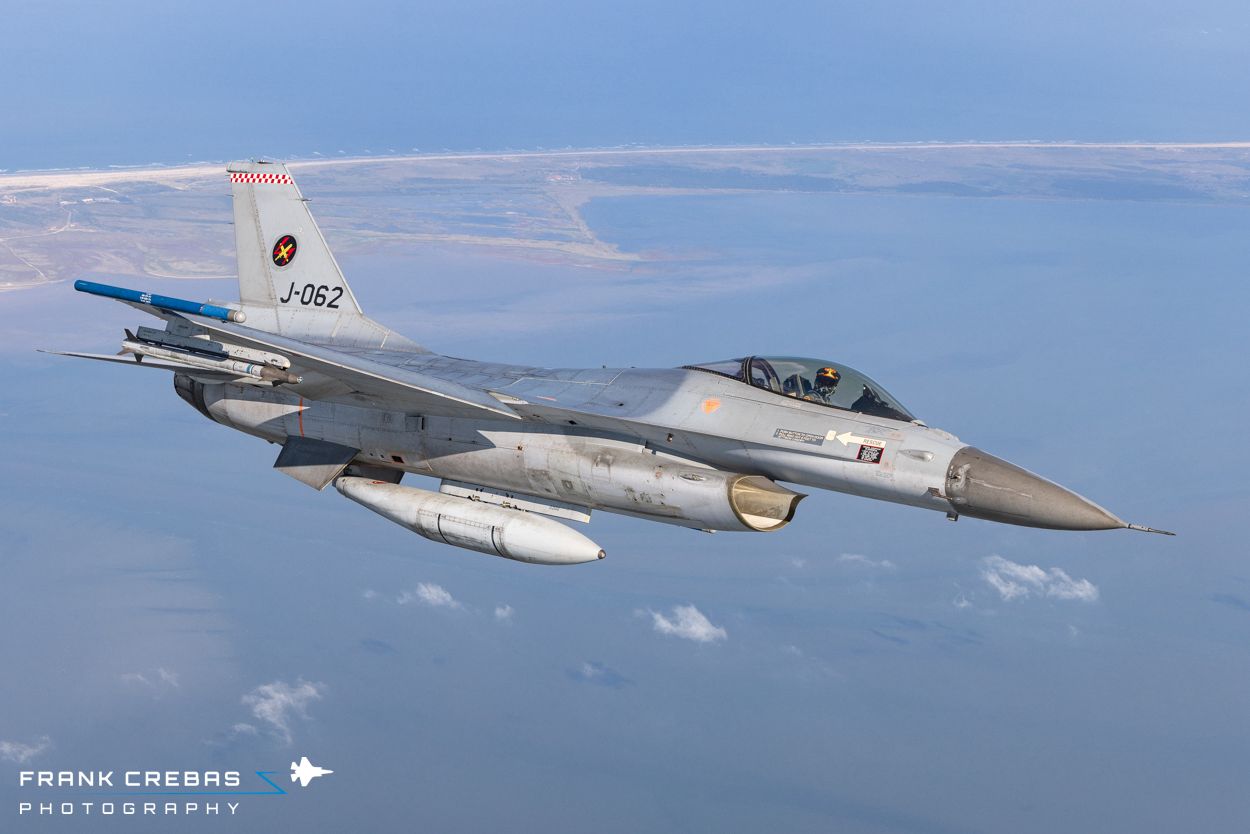
The Dutch first took the F-16 to war over the former Yugoslavia in the 1990s, under Operations Joint Falcon and Allied Force. During the latter campaign, on April 4, 1999, a Dutch F-16 shot down a Serbian MiG-29 Fulcrum fighter with an AIM-120 AMRAAM missile, for the first RNLAF aerial kill since World War II. Dutch F-16s also struck Serbian ground targets in the same operation, including using AGM-65G Maverick air-to-ground missiles.
Subsequently, RNLAF F-16s flew missions over Afghanistan under Operation Enduring Freedom, with the jets initially based in Kyrgyzstan.
Dutch F-16s also took part in the NATO air campaign over Libya, followed by counter-IS missions in the Middle East. Regular deployments were also made to the Baltics as part of NATO’s Baltic Air Policing rotational mission, to defend the airspace of Estonia, Latvia, and Lithuania.
While the F-16 was originally acquired by the RNLAF with the expectation that it would fly short-range air defense and battlefield interdiction with ‘dumb’ munitions during a war with the Warsaw Pact, the post-Cold War world put very different demands on the jet and its operators.
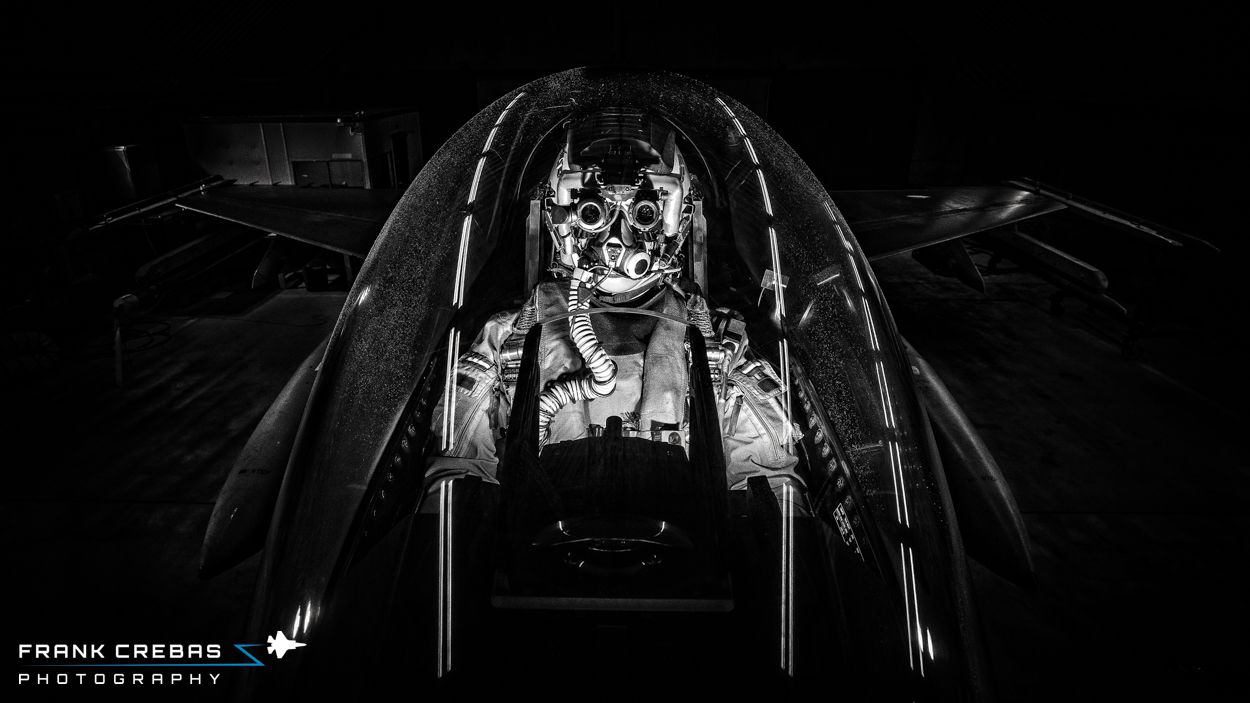
Nevertheless, the F-16 excelled at out-of-area operations and extended deployments far from the Netherlands. On more than one occasion, for example during the operations in Afghanistan and Iraq/Syria, a political decision was made and, only a couple of days later, Dutch F-16s would be flying in theater.
With such an illustrious career behind it, it’s no surprise that Lt. Col. Vreeburg has some mixed feelings about the F-16’s retirement.
“Of course, it’s a big moment,” he told TWZ. “After 45 years of operating the F-16 in the Royal Netherlands Air Force and a lot of deployments over the last 20-plus years, and very important tasks before that during the Cold War. But we need now to focus on our people and our assets, to transition to the F-35 to provide a credible deterrence.”
Vreeburg admitted that his job as commander of 312 Squadron has meant that he’s been almost too busy to reflect on the retirement of the F-16, a jet that has played a huge part in his service career, its cockpit providing his ‘office’ for the last 23 years.
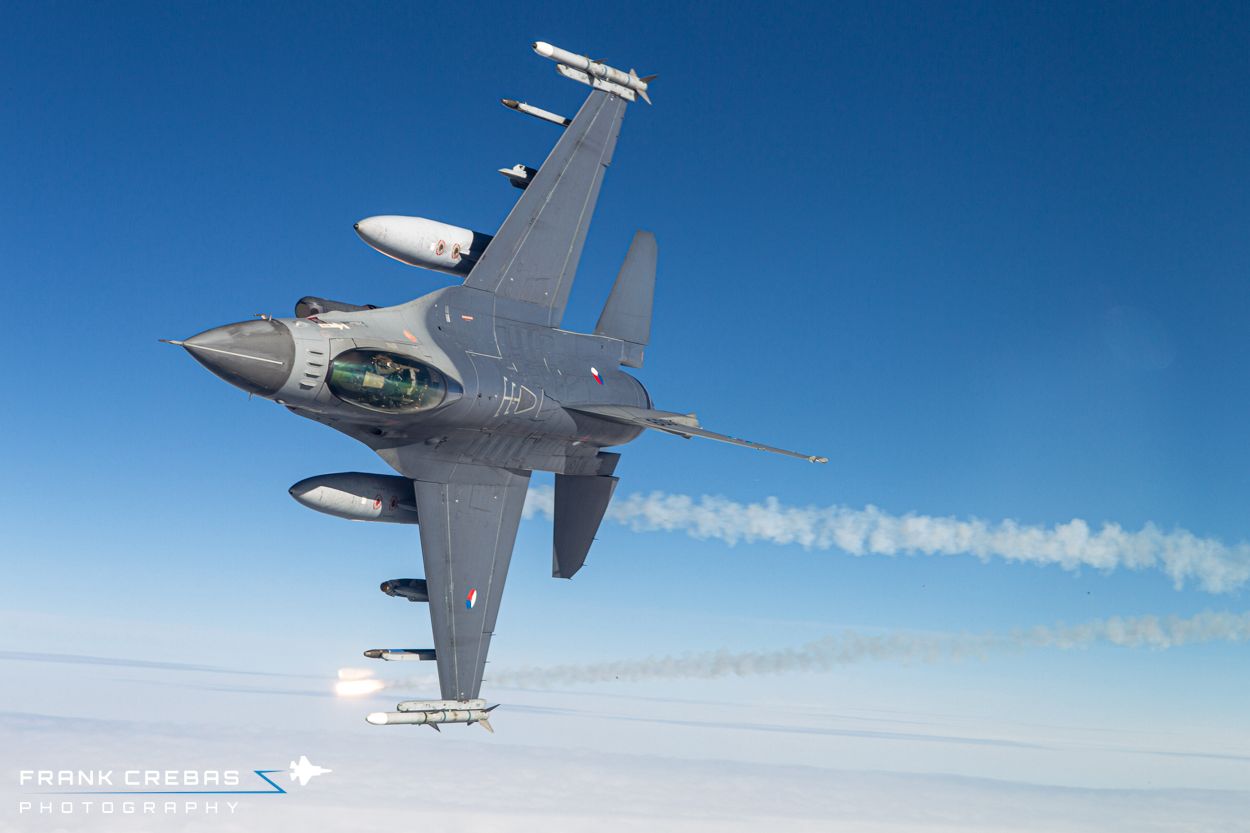
“I’ve been on 10 deployments with the F-16,” Vreeburg explained. “We had a lot of adventures together, and it flies… like heaven. It really flies like a razor blade. Almost as soon as you even think about turning, it already goes. I don’t know how it’s going to be on the F-35. I’m lucky that I’m transitioning to the F-35 so I will keep flying.”
The first F-35s arrived at Leeuwarden on October 31, 2019, and the RNLAF now has 40 of the 52 units already ordered, with more planned.
That changeover is something that Vreeburg likened to trading in your first car for a new model.
“You had a lot of adventures with it, and now it’s served its purpose… it cannot bring you any more to where you need to go, and so you need something else, but you keep fond memories of it.”
Of those 10 combat deployments, Vreeburg recalled them as being “all memorable in their own way. The first one, and then the first one as a flight lead. And then the first deployment that flew out of Afghanistan instead of from Kyrgyzstan into Afghanistan. Then you had Libya. Then you had Iraq. I think one of the most memorable of my deployments to Kandahar was when we had the Battle of Chora, when we, together with the Netherlands Army, went onto the offensive to take that valley back. At one point we had the whole battle group from the Netherlands Army, with all six aircraft, even including the spares, all above that valley at the same time, combating the Taliban. So that was one of the most memorable deployments I had.”
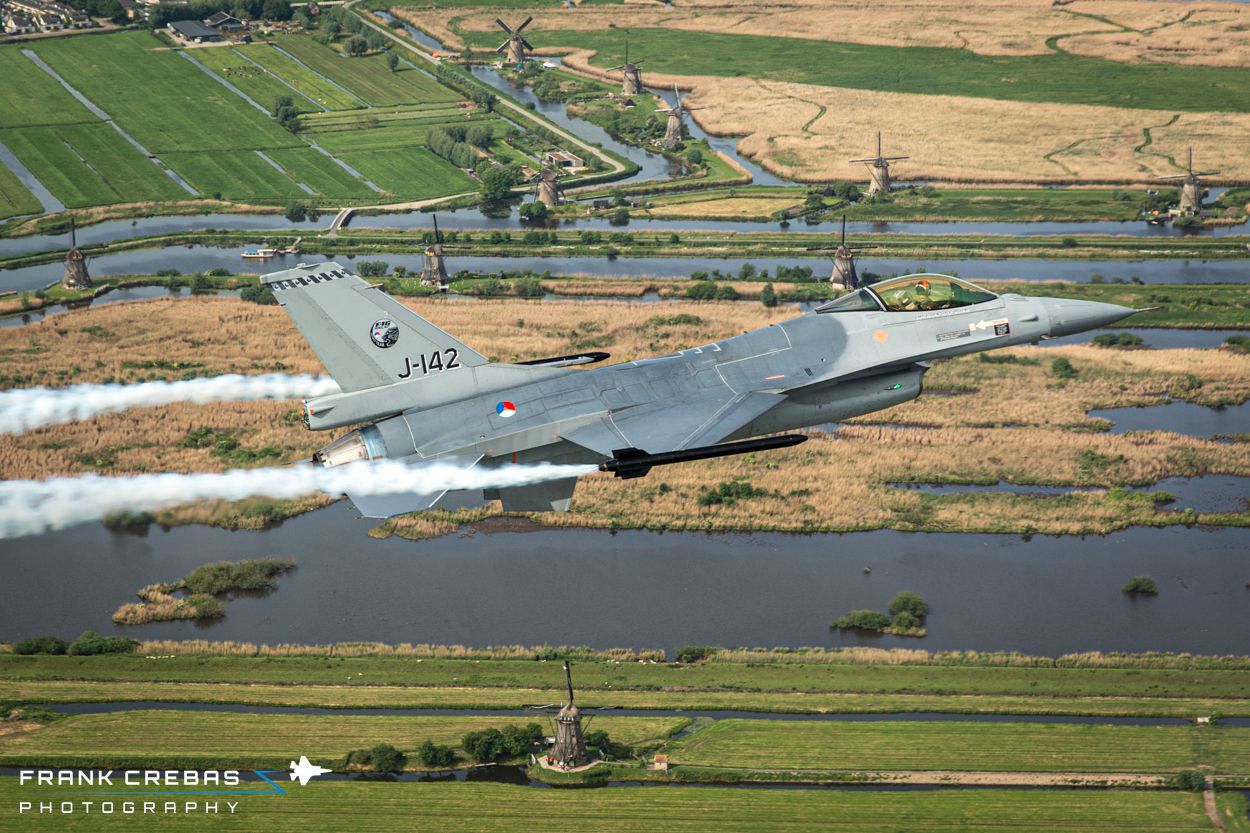
While combat deployments finished with the end of the Operation Inherent Resolve rotations, until the beginning of this year, RNLAF F-16s were still undertaking some quick reaction alert (QRA) air defense duties, of Benelux (Belgium, Netherlands, Luxembourg) airspace, Vreeburg explained.
“We still did one month of standby duty, 24/7, with a small group of pilots and maintainers. We had a small group of aircraft to perform that mission. We also still had the DCA [dual-capable aircraft], our nuclear mission. At the end of February, we transitioned the QRA task to the F-35 and at the end of May we transitioned the DCA task also to the F-35.”
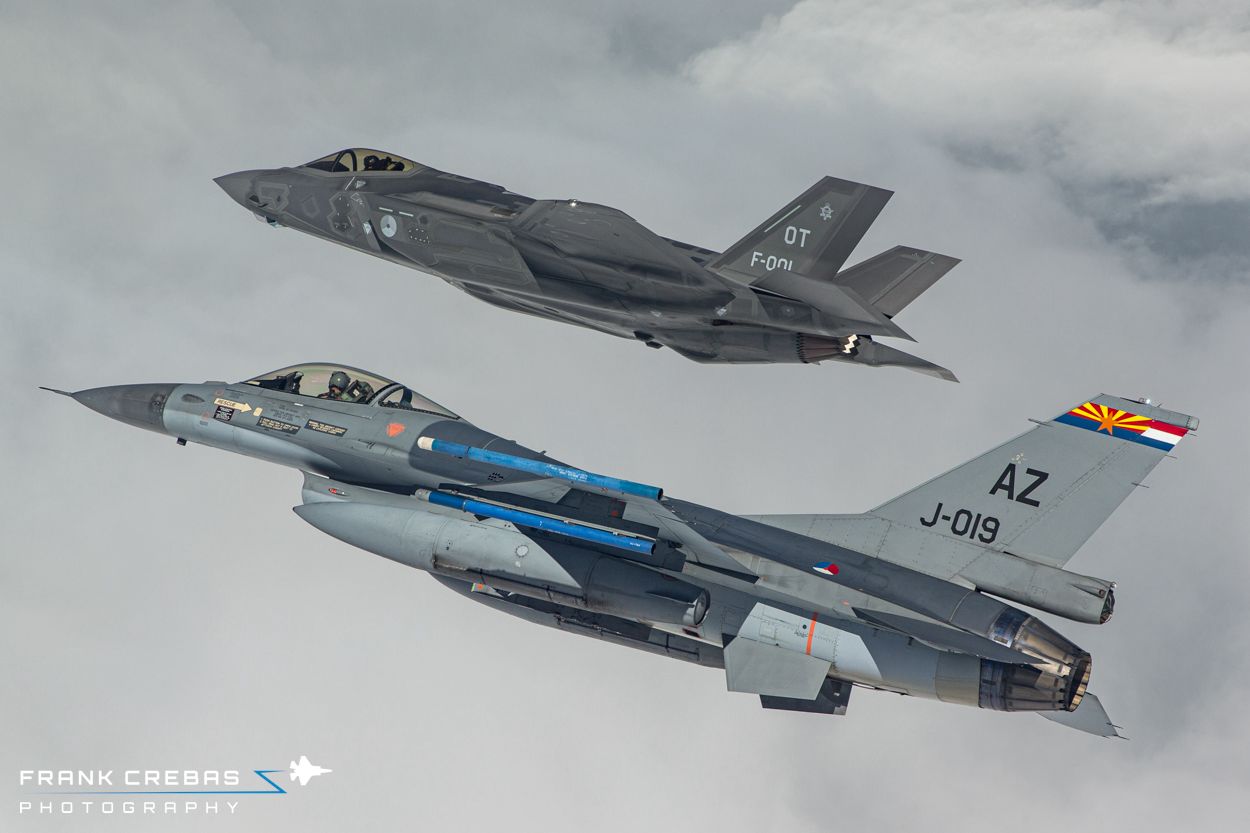
Vreeburg continued: “After that, we focused still on investing in our people. We still had some flight lead upgrades going on and we did some mission commander upgrades. We also did a deployment just before the summer break to Norway, where we flew support for the weapon instructor course, as ‘red air.’ We used that deployment to train our people in deploying and operating from an unfamiliar airfield. We finished up the last flight lead upgrade a couple of weeks ago, and meanwhile, besides that, we were mainly, especially since the summer break, flying support for the F-35 as red air, but also as blue air, because they also need entities to protect in their training. We could also use that in our flight lead upgrades or for our own training because all of our guys are transitioning to the F-35, so we have to keep them smart — or make them even smarter. Although it’s another aircraft, 90 percent of the skills you learn are also usable.”
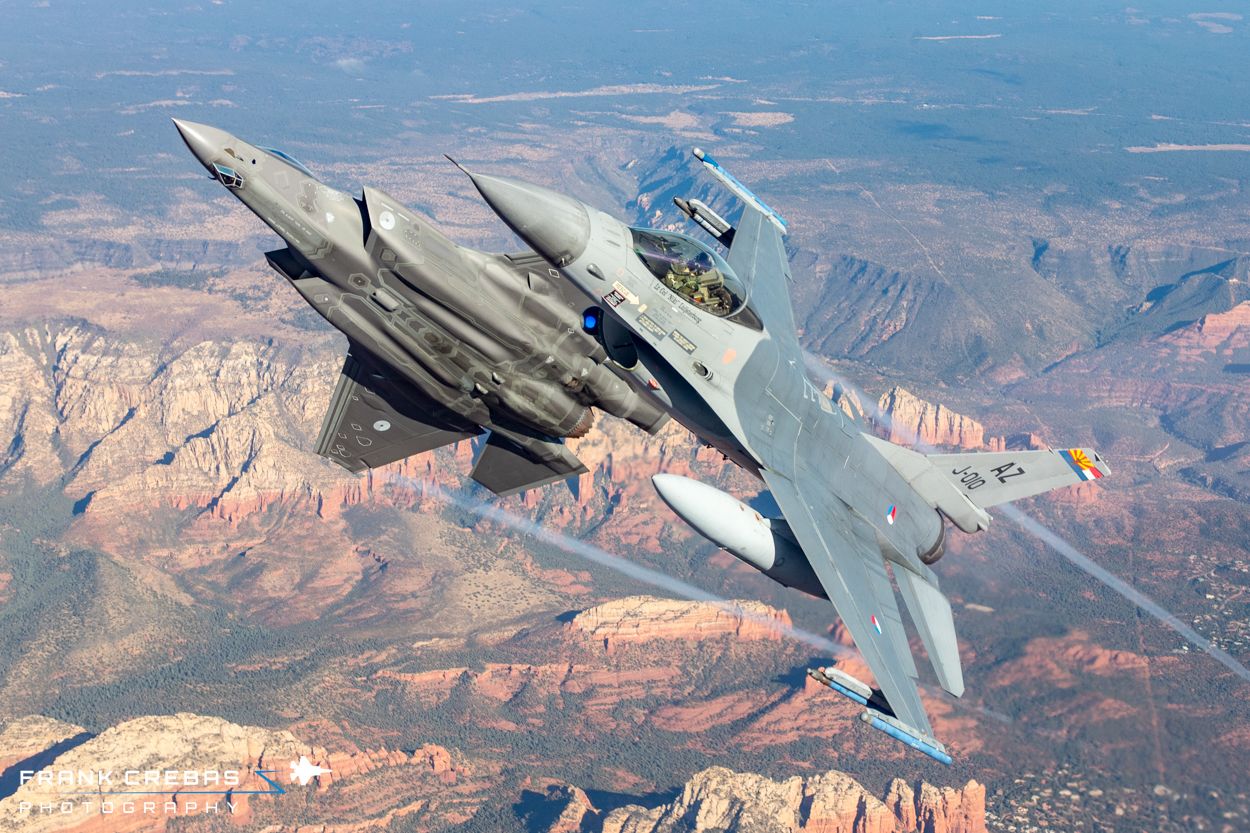
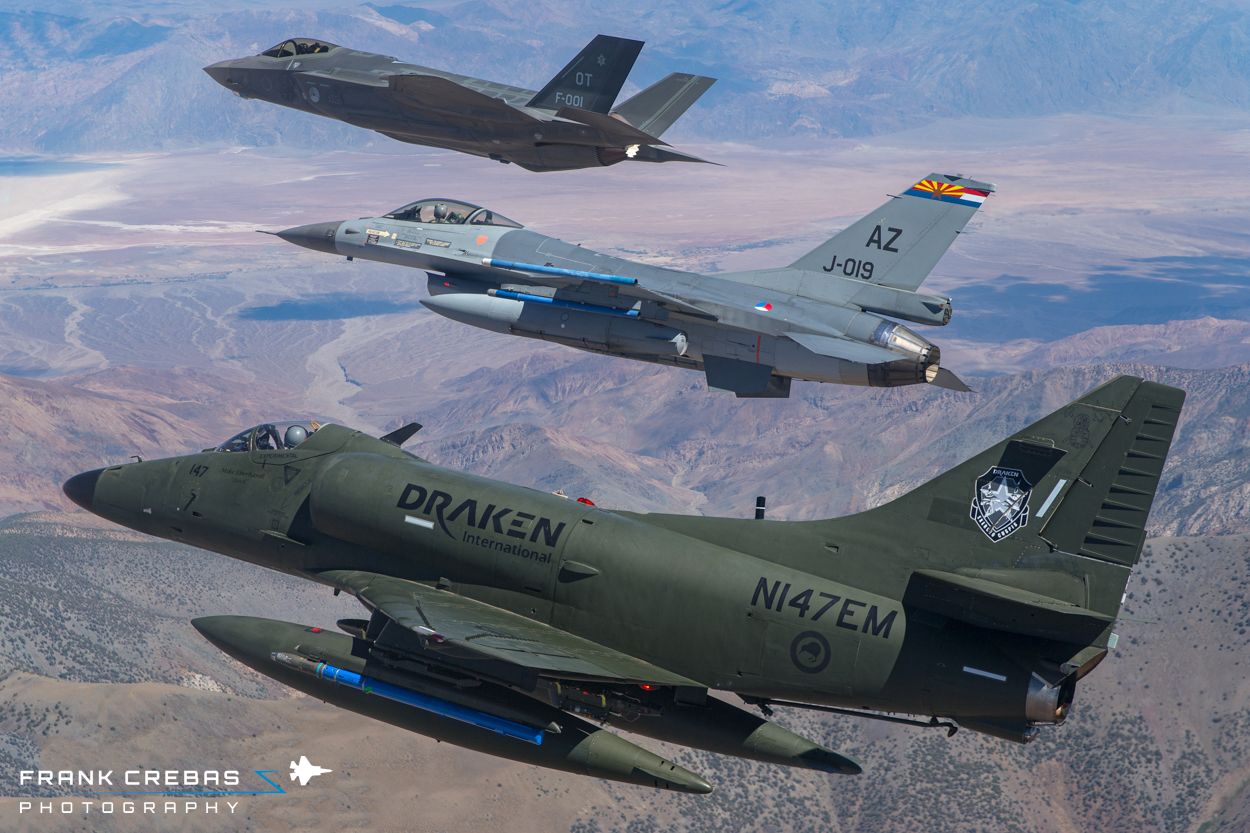
So far, Vreeburg hasn’t flown an F-35, but he already knows what he thinks he might miss once he transitions to the fifth-generation fighter.
“In the F-16, under the canopy, you sit almost on top of the aircraft, you have almost restricted vision all around you. And it also flies a bit smoother, although that depends, right? If you have tanks, jamming pods, and weapons on your wings, then it flies totally differently than only with a centerline tank and a couple of missiles. In the F-35, almost everything is internal, most of the time, so it’s almost apples and oranges. But I’m hearing it’s not such smooth flying. The aerodynamics are different; the F-35 has a different wing shape, and you have the boundary layer that rumbles through the aircraft, which you don’t have on the F-16.”
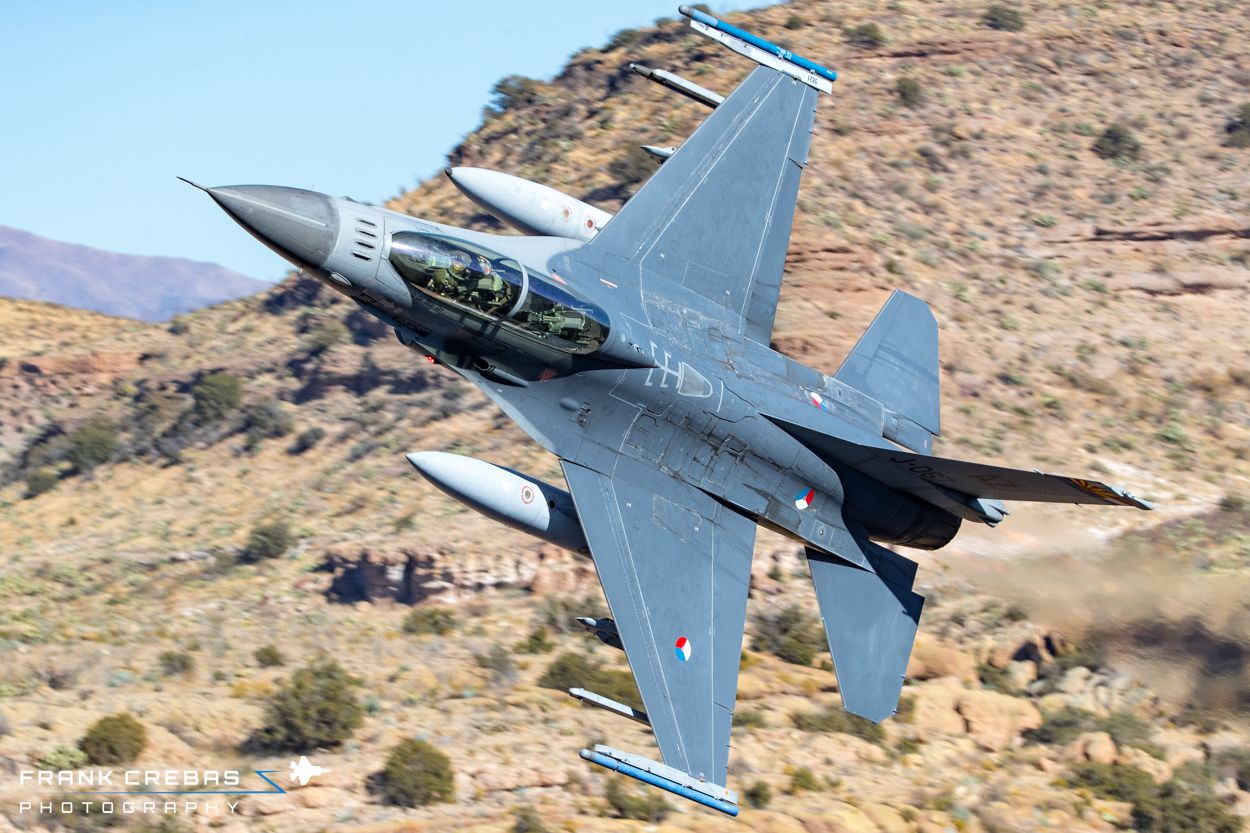
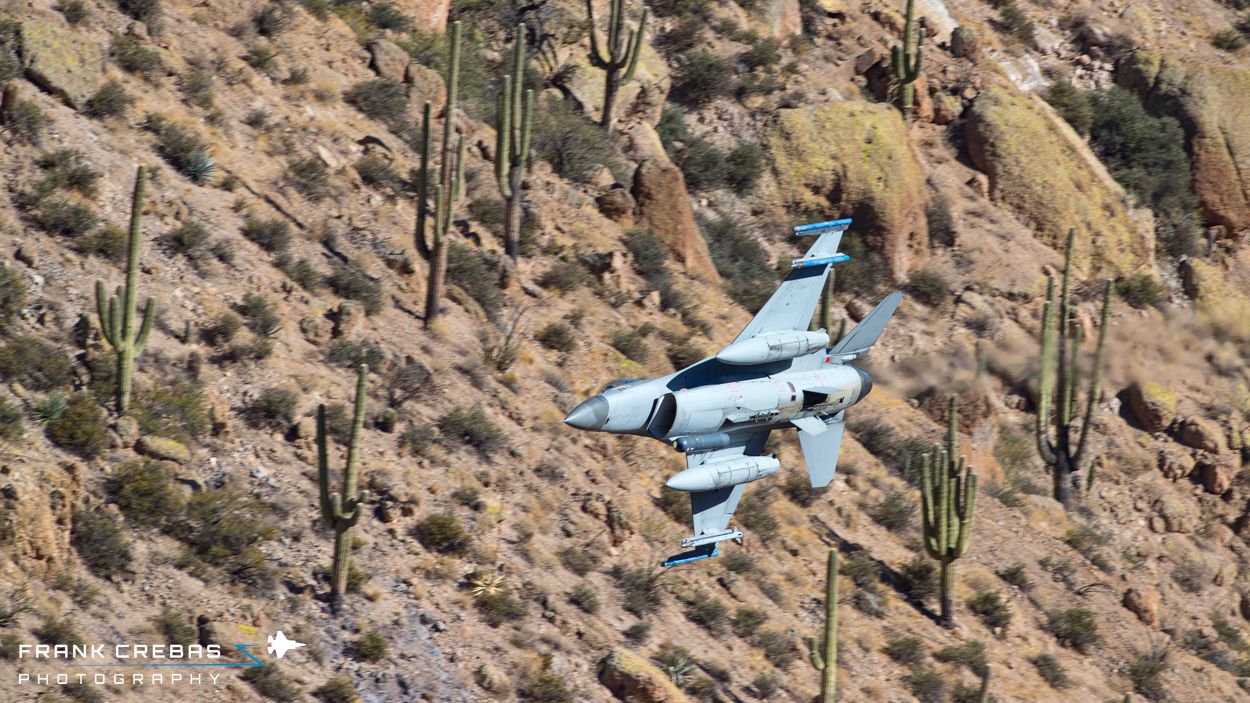
Despite these differences, the basics of flying the jet will remain broadly similar, but the big change will come with mission employment, Vreeburg said.
“The tactics are different because the capabilities of the F-35 are different. With the F-16, you cannot employ the tactics that the F-35 can. We cannot fly as close to a ground-based threat as the F-35 can. Of course, we have to turn around when confronted by certain aircraft, because they will certainly see us and shoot at us. We might have to outmaneuver their missiles.”
While evading modern air defense systems was becoming an increasing challenge for Dutch F-16 pilots, keeping the dwindling number of jets mission-ready proved to be less of a problem.
“There were enough spare parts,” Vreeburg said. “But I think the biggest contributing factor was that a couple of years ago, we unified our separate maintenance squadrons. So that whole process from a broken jet or a jet needing maintenance to put it back on the flight line was now just one process, instead of broken up into separate ones. And of course, we also have a ton of experience in this squadron. We hand out a gold medal for 36 years of service as a non-commissioned officer. I think have handed out 50 or 60 in the last couple of years. There are lot of people with 30-plus years of F-16 experience.”
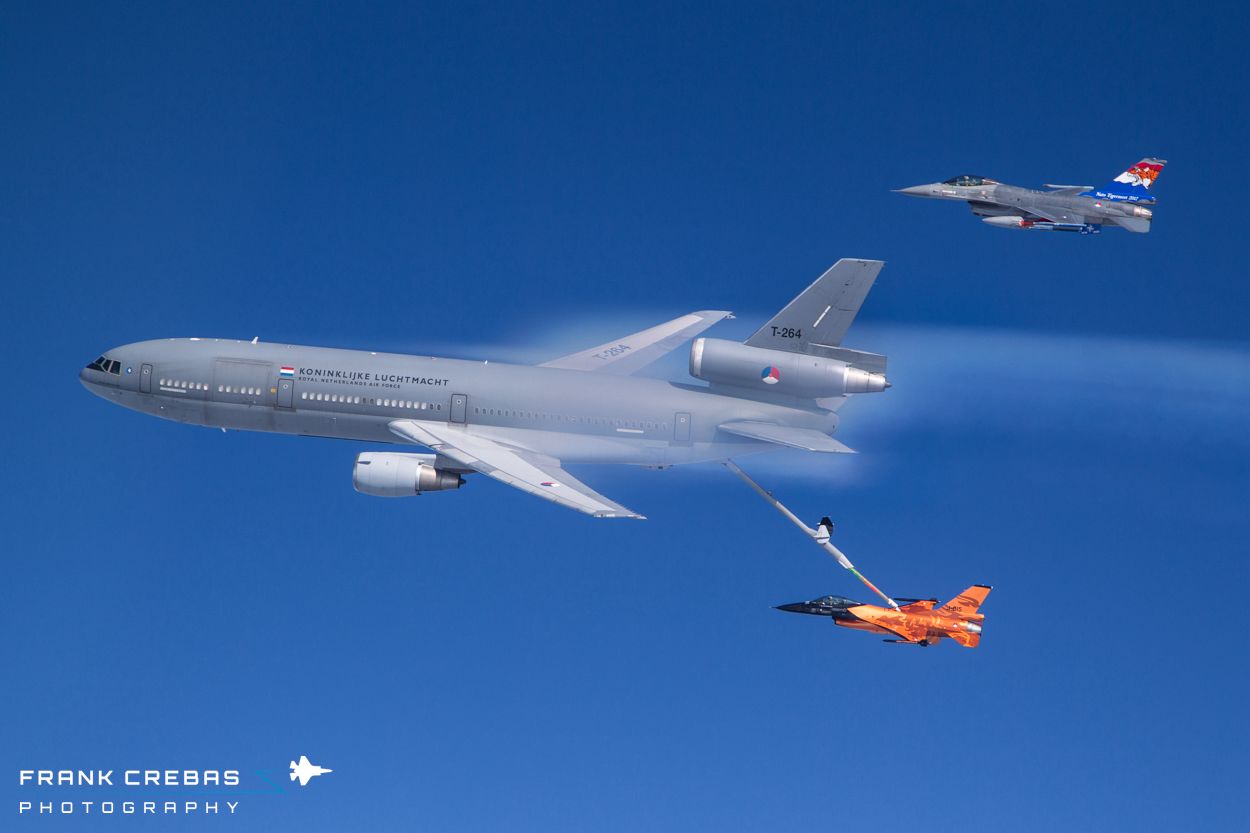
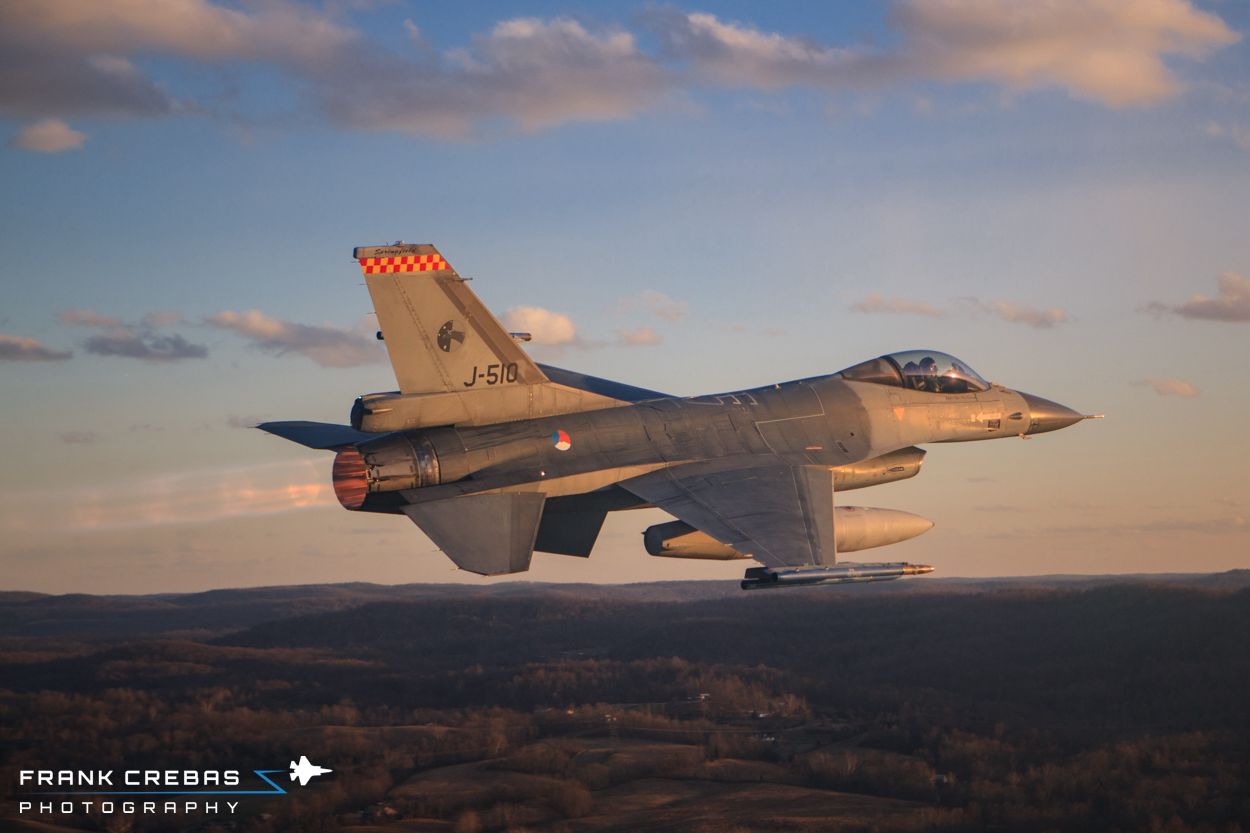
Consistent upgrades, starting with the MLU program, have ensured that the F-16 remains relevant and able to meet the changing demands of air warfare and take on new missions as required.
When Vreeburg started flying the Viper in the RNLAF’s U.S.-based training program, he was using the older Block 15OCU version, but by the time he was back in the Netherlands, he was getting acquainted with the MLU jet, in its initial M1 tape software iteration, followed soon after by the M2 tape. The RNLAF F-16s were successively upgraded to M6.5 tape, adding new capabilities all the time.
“I think one of the biggest changes was the incorporation of Link 16,” Vreeburg explained. “It’s made it possible to fly other tactics. After that, each successive generation of targeting pod, which, of course, for our mainly close airport missions in Afghanistan, and later on in Iraq and Syria, was essential to provide support for troops on the ground. Later on, the incorporation of GPS-aided monitions like the Joint Direct Attack Munition (JDAM) and Small Diameter Bomb (SDB), then combined laser- and GPS-guided weapons, and the Joint Helmet Mounted Cueing System (JHMCS), of course.”
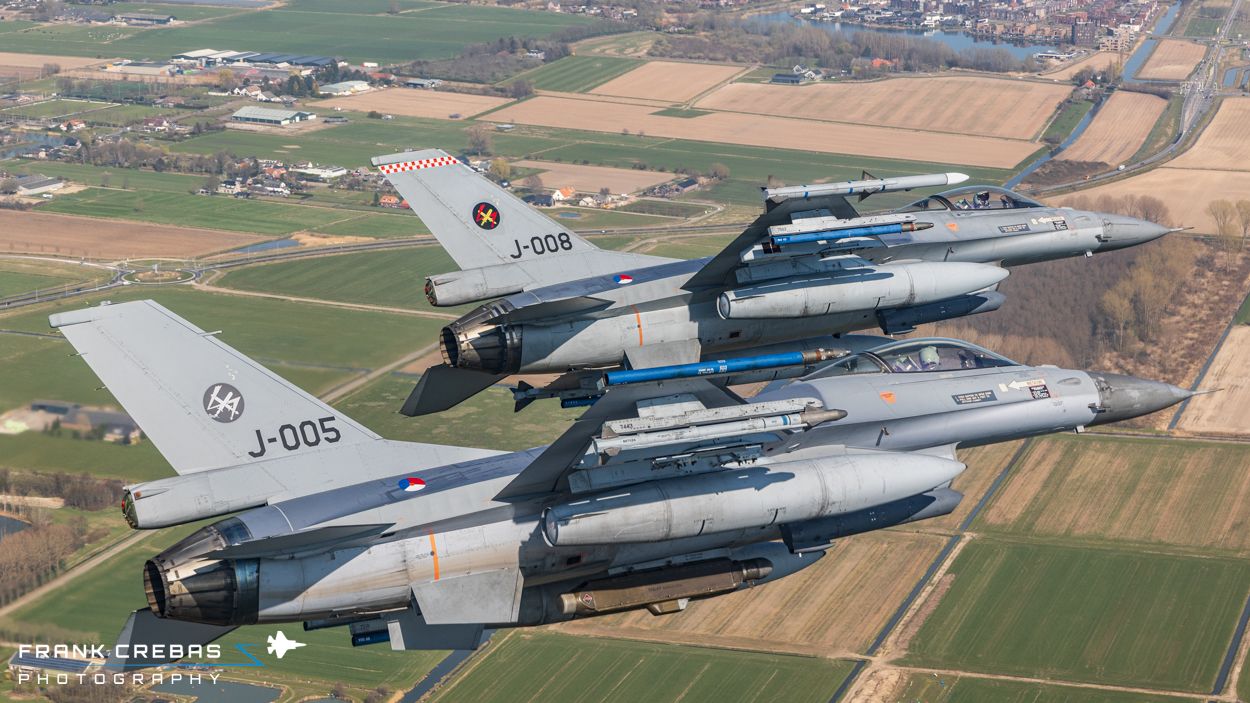
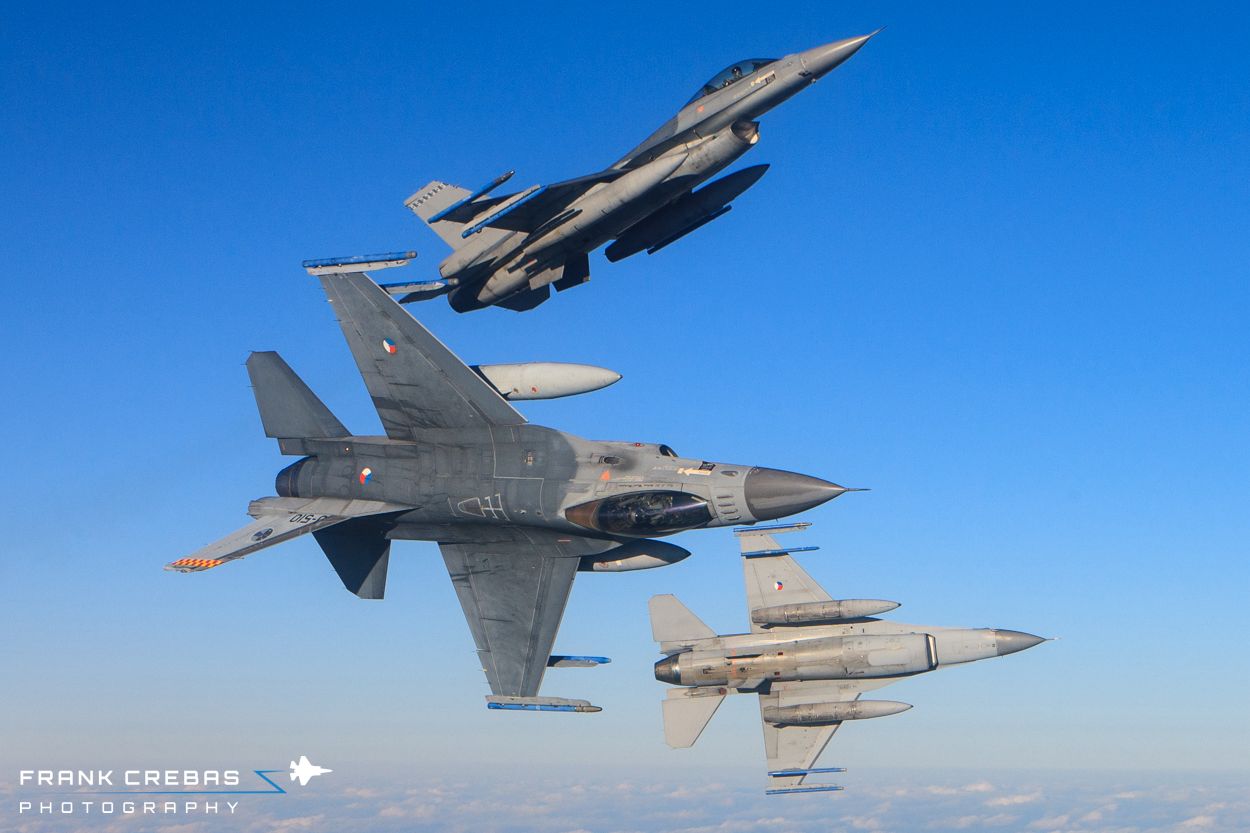
Right now, Vreeburg’s 312 Squadron has already converted its first pilots onto the F-35, and they are now flying with 313 Squadron, which has already converted to the F-35 at Volkel.
“The next pilots transitioning will also fly with 313 Squadron because if you look out of our window, they just started building our Special Access Program Facility [SAPF, used for classified intelligence and secure communications operations related to the F-35]. This whole building needs to be redone. The contractors will come in, strip everything down, redo it, finish it, and then we expect to be able to move back in here in 2027. By that time there should be enough trained pilots and maintainers to start operating with the first one or two flights.”
Meanwhile, the first F-35s for 312 Squadron are very nearly ready. Vreeburg confirmed that there are “a couple of F-35s” for the unit now being completed by Lockheed Martin. “There were supposed to be done, but they are still waiting to be finished, and that will probably take a little while, but they are already 90 percent done.”
Progressive modernization of the Dutch F-16 fleet means that the surviving aircraft are still more than capable in many combat scenarios, and they have been snapped up by Ukraine, which long sought to acquire jets of this type.
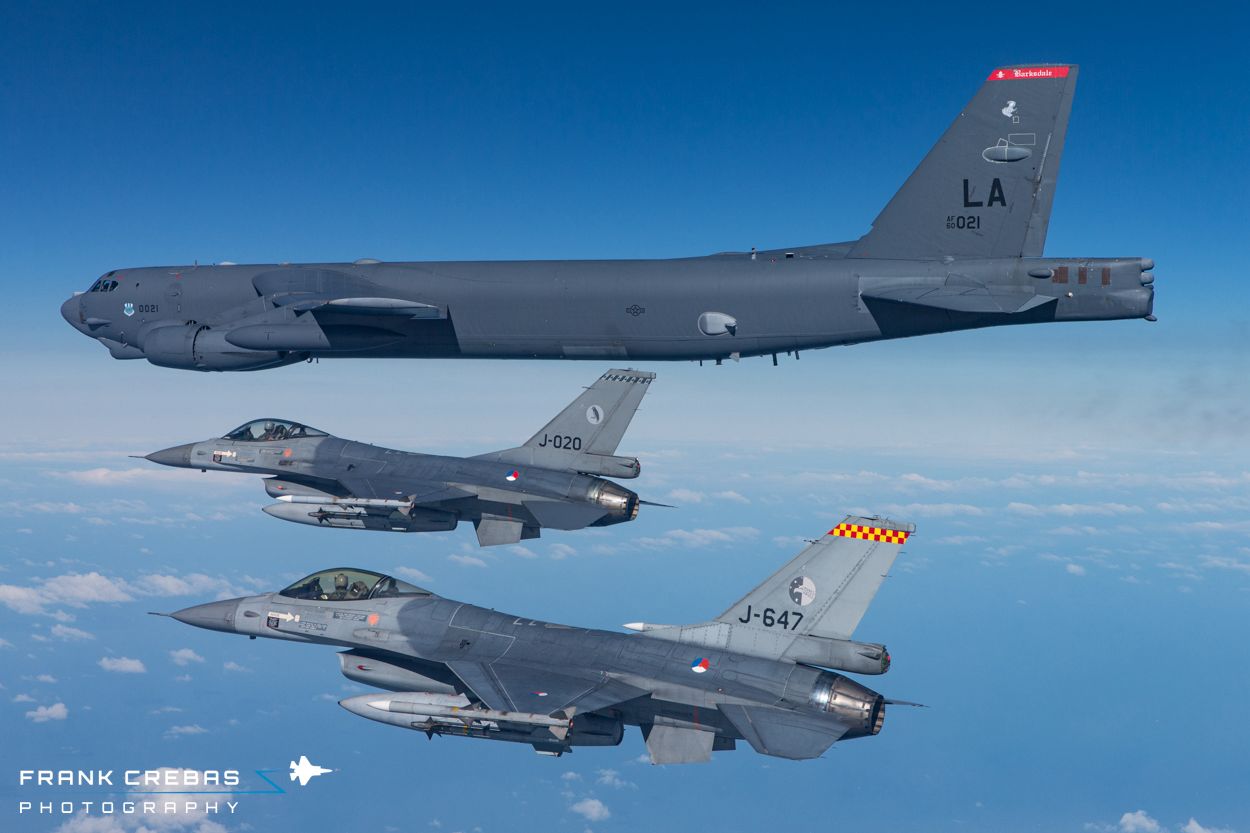
“The Netherlands government has promised 24 F-16s to the Ukrainian government,” Vreeburg explained. “Our role in this is that we are the last squadron flying the F-16, so the F-16 expertise is in this squadron. We have a separate entity in our squadron, which is going to take care of the required maintenance and the handover to Ukraine. Although 312 Squadron is focused on the transition to the F-35, not everybody can start training at the same time. Maintainers also need to do training for the F-35 and as long as they are waiting to start that, they can help prepare the aircraft for Ukraine. And most of our aircraft are going to industry to get an overhaul, before being transferred to Ukraine. We still need to do some maintenance over here, before flying them to the industry. The only F-16 pilots that we still have are in this squadron or attached to it, so we have a small group of people who will keep flying the F-16 just to get them from Volkel to somewhere else.”
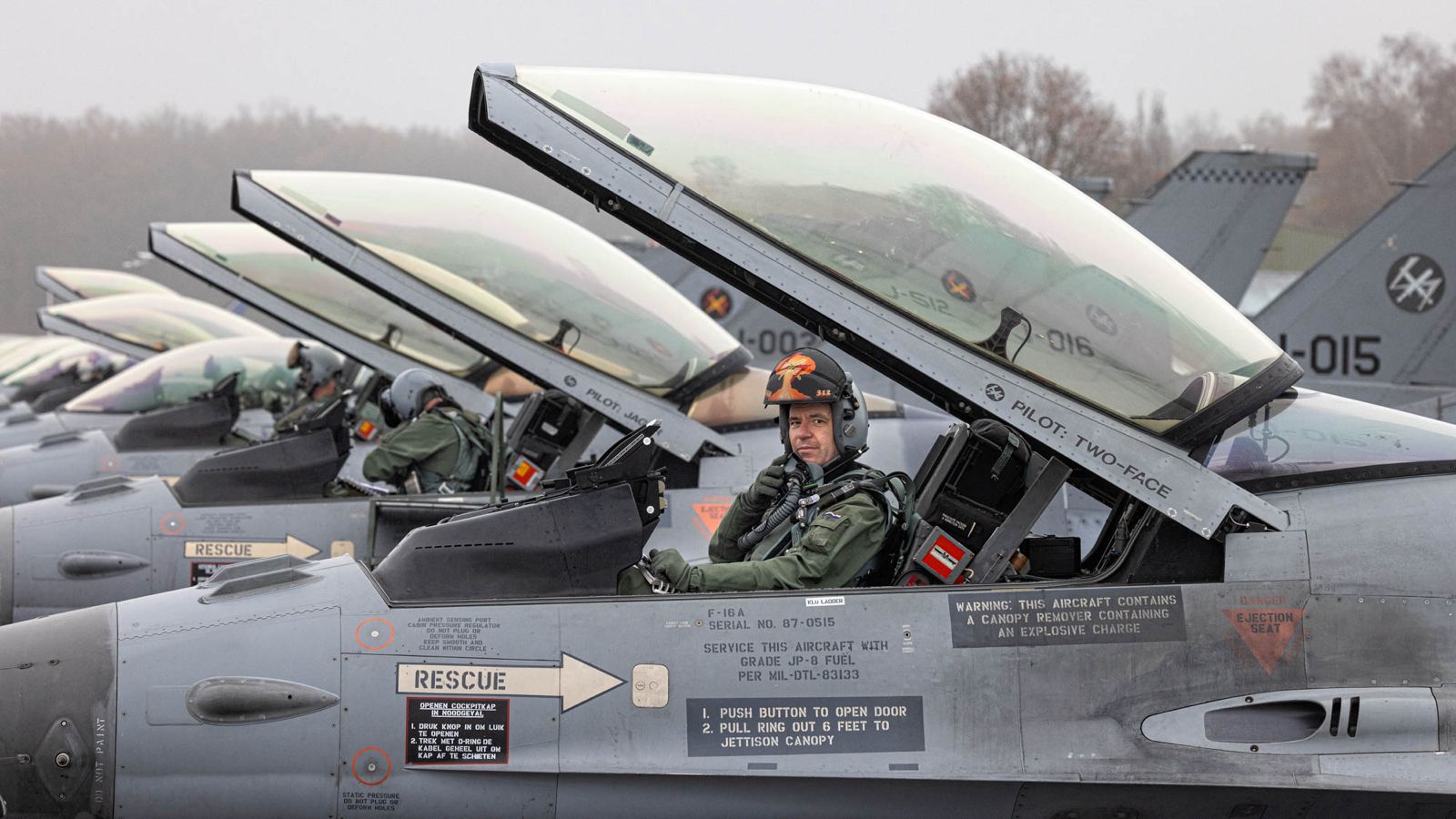
While his squadron and the wider RNLAF are very much now focused on the continued introduction of the F-35, Lt. Col. “Naish” Vreeburg is still convinced that the F-16 has a lot more to offer once it arrives with the Ukrainian Air Force.
“The time has come to let the F-16 go, but I am convinced it can still be very valuable,” Vreeburg concluded. “Let it go to new owners and a new purpose. Today will be a goodbye, but not the end. We need to clean up and finish up to make sure that the next user has good jets and effective jets to work with. We wish them a whole lot of luck doing that — to give them hell!”
Contact the author: thomas@thewarzone.com
Thank you to Frank Crébas for his invaluable assistance in the preparation of this article.
